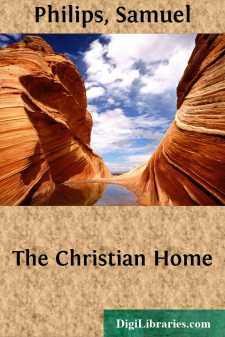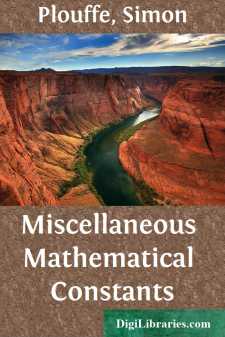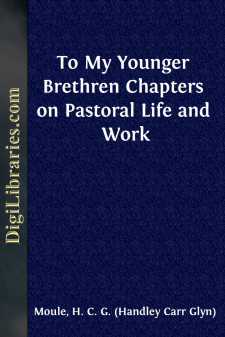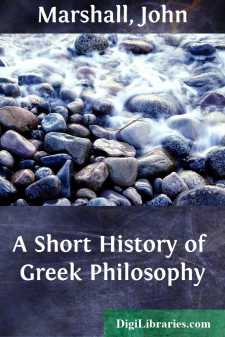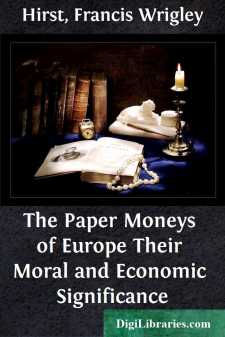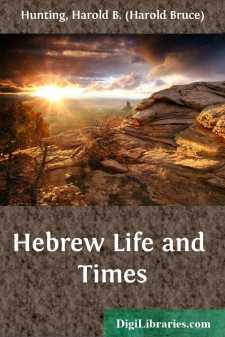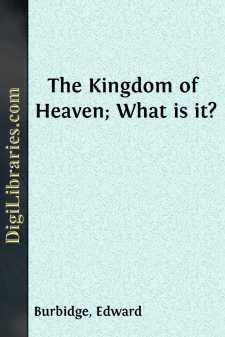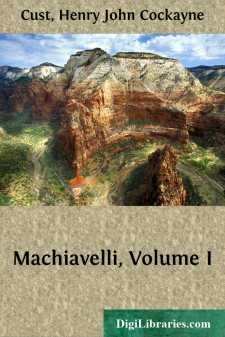Categories
- Antiques & Collectibles 13
- Architecture 36
- Art 48
- Bibles 22
- Biography & Autobiography 813
- Body, Mind & Spirit 142
- Business & Economics 28
- Children's Books 17
- Children's Fiction 14
- Computers 4
- Cooking 94
- Crafts & Hobbies 4
- Drama 346
- Education 46
- Family & Relationships 57
- Fiction 11829
- Games 19
- Gardening 17
- Health & Fitness 34
- History 1377
- House & Home 1
- Humor 147
- Juvenile Fiction 1873
- Juvenile Nonfiction 202
- Language Arts & Disciplines 88
- Law 16
- Literary Collections 686
- Literary Criticism 179
- Mathematics 13
- Medical 41
- Music 40
- Nature 179
- Non-Classifiable 1768
- Performing Arts 7
- Periodicals 1453
- Philosophy 64
- Photography 2
- Poetry 896
- Political Science 203
- Psychology 42
- Reference 154
- Religion 513
- Science 126
- Self-Help 84
- Social Science 81
- Sports & Recreation 34
- Study Aids 3
- Technology & Engineering 59
- Transportation 23
- Travel 463
- True Crime 29
Sort by:
by:
Samuel Philips
Chapter I.—What Is The Christian Home? Section I.—Home In The Sphere Of Nature. "My home! the spirit of its love is breathing In every wind that plays across my track, From its white walls the very tendrils wreathing Seem with soft links to draw the wanderer back. There am I loved—there prayed for!—there my mother Sits by the hearth with meekly thoughtful eye, There my young...
more...
CHAPTER I. THE SECRET WALK WITH GOD (i.). Pastor, for the round of toil See the toiling soul is fed; Shut the chamber, light the oil, Break and eat the Spirit's bread; Life to others would'st thou bring? Live thyself upon thy King. Let me explain in this first sentence that when in these pages I address "my Younger Brethren," I mean brethren in the Christian Ministry in the Church...
more...
by:
John Marshall
THE SCHOOL OF MILETUS The question of Thales—Water the beginning of things—Soul in all things—Mystery in science—Abstraction and reality—Theory of development I. THALES.—For several centuries prior to the great Persian invasions of Greece, perhaps the very greatest and wealthiest city of the Greek world was Miletus. Situate about the centre of the Ionian coasts of Asia Minor, with four...
more...
CHAPTER I. Why We Believe The Bible. There are two lines of proof of the reliability of the scriptures, the external and the internal. These different kinds of evidences may be put down, without separation, somewhat as follows: 1. The Formation and Unity of the Bible. There are sixty-six books written by nearly forty men, who lived at various times, and yet these books agree in making a perfect whole....
more...
THEIR MORAL AND ECONOMIC SIGNIFICANCE No more severe reflection could be passed upon the moral and political capacity of the human species than this: Five thousand years after the invention of writing, three thousand after the invention of money, and (nearly) five hundred since the invention of printing, governments all over the world are employing the third invention for the purpose of debasing the...
more...
CHAPTER I SHEPHERDS ON THE BORDER OF THE DESERT Ancient Arabia is the home of that branch of the white race known as the Semitic. Here on the fertile fringes of well-watered land surrounding the great central desert lived the Phœnicians, the Assyrians, the Babylonians, and the Canaanites who, before the Hebrews, inhabited Palestine. So little intermixing of races has there been that the Arabs of...
more...
by:
Edward Burbidge
THE KING’S HERALD.“On Jordan’s banks the Baptist’s cryAnnounces that the Lord is nigh;Awake and hearken, for he bringsGlad tidings of the King....” When the Saviour of the world was about to enter upon His public ministry, the Jewish nation was startled with the cry, “The Kingdom of Heaven is at hand” (S. Matt. iii. 2). Such was God’s call to His people of old time, to prepare...
more...
Foreword The Evangelization of the World is being accomplished more rapidly than we think. Three mighty movements are constantly at work—Reformation, Heathen Missions and Emigration or Colonization. By the Reformation Europe was evangelized; by Heathen Missions Asia and Africa are being evangelized and by Emigration or Colonization North and South America and Australia have been to a large extent...
more...
INTRODUCTION The Life of a Day. ' am at my farm; and, since my last misfortunes, have not been in Florence twenty days. I spent September in snaring thrushes; but at the end of the month, even this rather tiresome sport failed me. I rise with the sun, and go into a wood of mine that is being cut, where I remain two hours inspecting the work of the previous day and conversing with the woodcutters,...
more...


